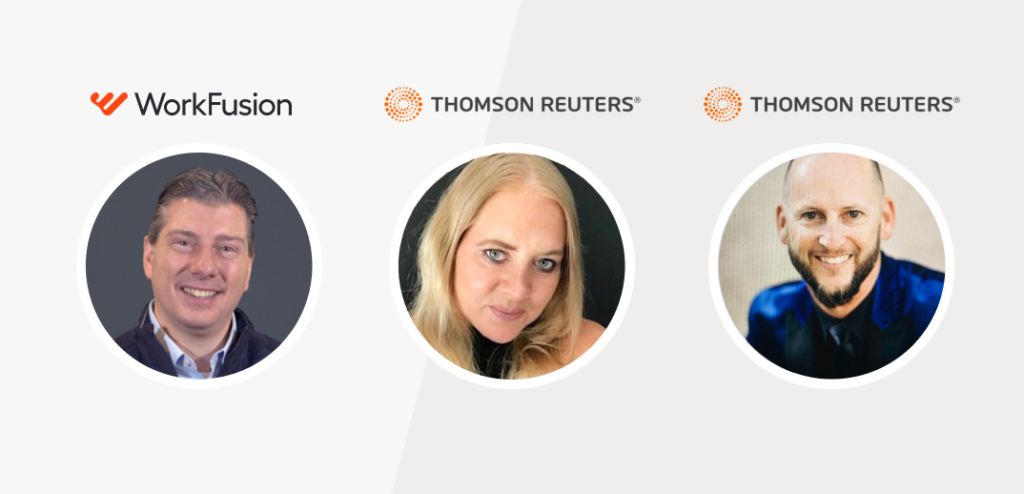
- 3
- min read
Great Data Plus AI-Driven Decisioning: A Winning Formula in Adverse Media Screening
Our highly skilled and experienced AI-enabled Digital Workforce enables your organization to be more productive, with a better employee experience and improved customer satisfaction.
Learn more
Our highly skilled and experienced AI-enabled Digital Workforce enables your organization to be more productive, with a better employee experience and improved customer satisfaction.
Learn more

Want our blogs delivered to your inbox?
Sign up here.
"*" indicates required fields